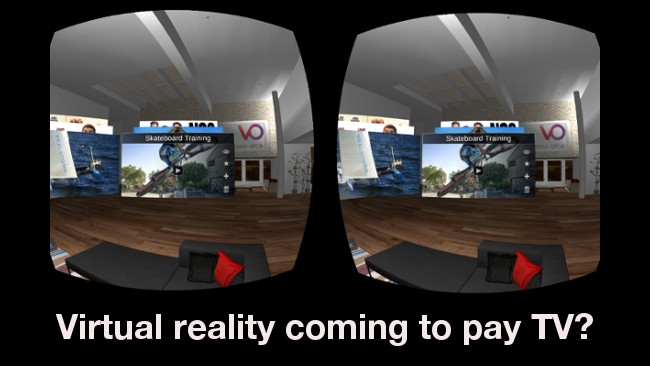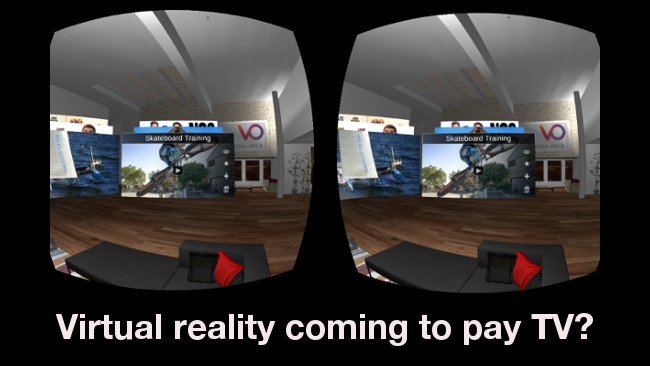
 Virtual reality coming to cable TV?
Virtual reality coming to cable TV?
An intriguing end-to-end solution for virtual reality content delivery and management could offer pay-TV outlets the ability to deliver premium VR-services in the near future. What does the system's reliance on users' smartphones mean for the rest of the VR industry?
While we're just at the nascent stage for mainstream adoption of virtual reality, companies are crafting methods to accelerate the process of delivering VR content to living rooms. At IBC2015, Viaccess-Orca, a leader in data protection and content services, revealed a partnership with Harmonic, a leader in video delivery infrastructure, and VideoStitch, a maker of 360-degree VR content creation software, for an end-to-end VR solution for content owners and pay-TV providers.
Here's a breakdown of what each company brings to the table: Harmonic products handle media storage, processing, transcoding, compression, encrypting and streaming; VideoStitch's software, like the name implies, stitches together camera captured images in real-time; Viaccess-Orca provides secure playback through its Connected Sentinel Player and user personalization via its COMPASS system.
Smartphones for widespread VR adoption?
To complete the system, users provide their own smartphones to view and interact with the VR content. In fact, this could be a major selling point that attracts pay-TV and OTT companies. Instead of relying on a VR platform tied to a dedicated piece of hardware, like the forthcoming Oculus Rift consumer version, this system can draw upon the mass of users who already own smartphones at least somewhat suitable for enjoying VR content. Of course, smartphone specs will continue to improve over time, likely leading to devices that will enable even richer VR experiences. If smartphones are deemed by the public as the path forward for VR (in the short term), this could spawn a new stratification of smartphones, with premium devices sporting features targeting VR use, like lower latency sensors, depth sensors for manipulating near field objects (or even moving in space), stereoscopic cameras for augmented reality, etc. Makers of dedicated VR headsets, in response, will have to ask themselves, "how can we make an experience that's better than what's possible with a smartphone?"
By this time next year, consumers will have had their say and we'll have some clarity on the VR market. In the meantime, we can only speculate as to what Oculus' response would be to competition from the likes of Comcast and Time Warner Cable.
For more information, check out the full press release.
Tags: VR & AR


Comments